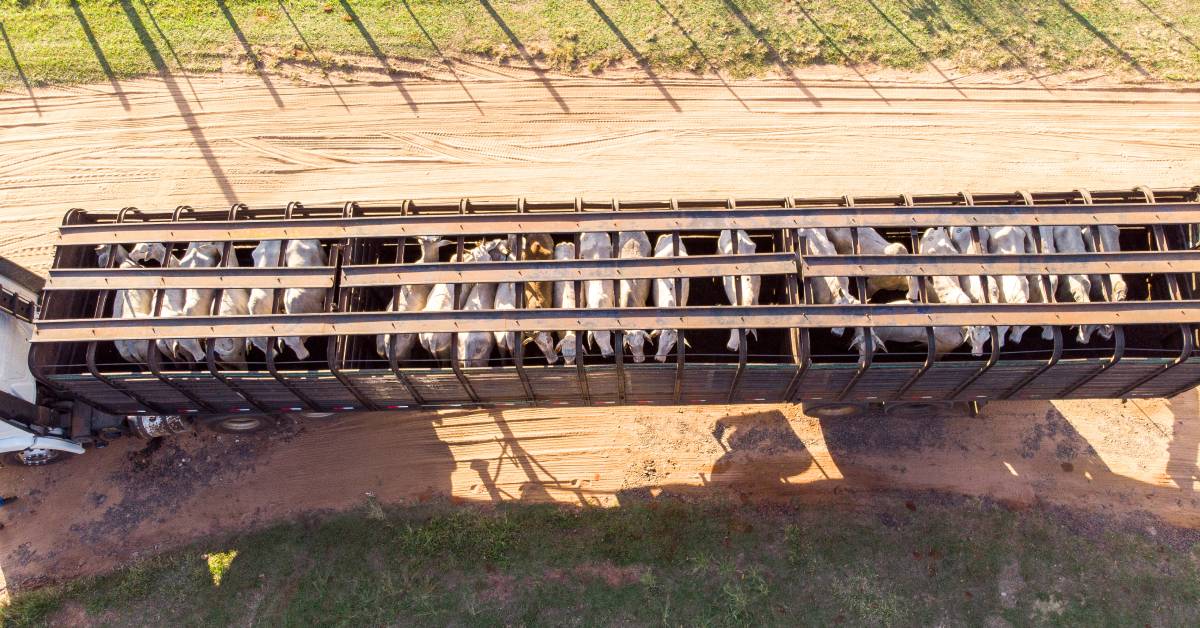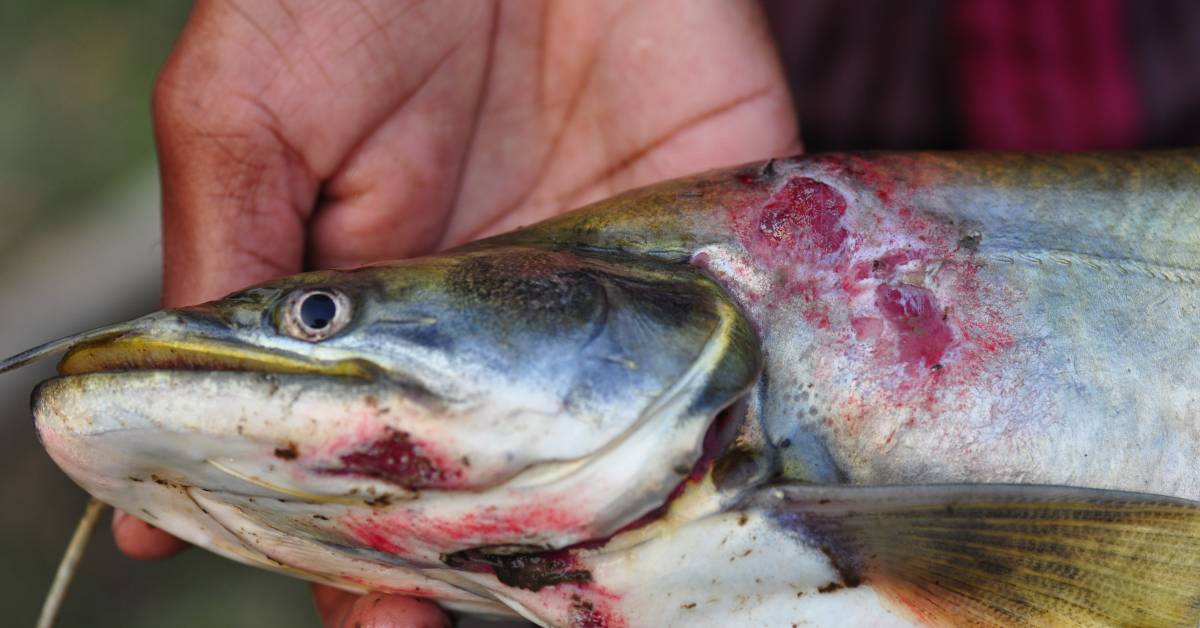How Long Does It Take For Grass to Grow?
The germination of grass occurs in between 5 to 30 days. A greener and well-established grassland and grass to grow requires patience and extra attention to develop. Moreover, a set of expertise and years of experience is the primary need to achieve a well-developed grassland at your farms.
This article will help you to know about different types of grass and you will learn about some of the best tips to use for growing grass at your farm effectively.
What Is Grass Germination?
Understanding the process of germination is the first step when it comes to growing grass. Adding some dirt and water won’t be enough. The germination of the seed is a process in which a seed transforms into a plant but the developments depend on many factors.
The duration of seed germination varies, and primarily depends on the type of the seed. Overall the germination period lasts from 5 to 30 days.
Suitable Environment For the Growth of Grass
Giving the seed a suitable environment must be the goal in order to let it develop and expand. The expansion process is known as imbibition. After this, the water activates plant proteins to help the roots grow. This is the most crucial step of a seed’s growth process. Once roots are grown, they will expand underground to absorb more water after which shoots will appear above the ground.
Impact of Region on the Growth of Grass
Depending on where you are located in the United States of America, all kinds of grass will grow differently. The temperature is never consistent in any area of the U.S. and the grass has been categorized in warm-season grass and cool-season grass.
Cool Season Grass:
Also known as creeping grass. It starts spreading out from the plant’s crown and the nodes are developed by the shoots underground (also called rhizomes).
Warm Season Grass:
Also known as brush grass and it starts to spread out from the crown of the plant. The land must be mowed at a higher level in order to protect the crown as this grass turns brown in the winter season.
If you live anywhere in Pacific Northwest, Northeastern, or Northern regions (regions where climate fluctuates more often) you should consider growing cool-season grass. Cool-season grass tends to grow efficiently within 60 to 75 degree Fahrenheit including:
Kentucky bluegrass (KBG):
It is the most common and popular grass among all. Under the right conditions, KBG develops its roots quickly as compared to other kinds of grasses. After sowing seeds, you will soon see the sprouts. Its germination time is shorter about 15 to 30 days, and it starts growing from the seed stage. Its growth process gets slower in hot or warm weather and it requires more watering during high temperatures. It can easily handle foot traffic hence it’s also installed at golf fields and other sports fields. Perennial ryegrass can be mixed with Kentucky bluegrass.
Fine Fescue:
This type of grass is low-maintenance and it is shade tolerant. Other good qualities of this grass include it’s resistance to drought and heat. It does not need a large number of fertilizers or moisture as compared to other types of grass and hence it is eco-friendly. Its seeds grow in bunches and faster than those of KBG in about 7 to 14 days.
Tall Fescue:
Just like its sibling fine fescue, its germination process is quicker and takes about 4 to 14 days. It tends to grow in bunches and grows well in shades. It is also heat and drought resistant.
Red Fescue:
It is more often used in public places such as sports fields and parks. It also grows well in shady areas as well as in sunlight with correct watering practices. This grass can deal with low to moderate foot traffic. Its germination process occurs within 10 to 14 days.
Perennial Ryegrass:
It is not as aggressive as Kentucky bluegrass but its germination process is also quicker and lasts for about 5 to 10 days. It is slower at spreading but establishes quicker. Its growth can enjoy peak time in moderate and cool weather conditions. It grows in bunches and requires water and fertilizers in order to maintain its color.
Annual Ryegrass:
To overseed the grasses of warm-season, annual ryegrass is used more often. It provides a covering. It can be considered as a temporary solution.
Bent Grass:
It is difficult to maintain. Creeping bentgrass is a popular kind and because it grows aggressively and is able to compete with nutrients that other kinds of grass require. Sometimes it is also called weed.
On the contrary, if you are located in the south-eastern or southern region of the U.S. you should consider warm-season grasses. The grasses that are suitable to grow in warm weather conditions are a good choice to grow in areas with temperature ranging from 80 degrees to 90 degrees Fahrenheit and these grasses include:
Bahia:
It is heat and drought tolerant and does not need much watering and fertilizers. This kind of grass turns brown in the winter season and during the process of its germination, it is greenest. Its germination process lasts 7 to 21 days. Consider over-seeding it with a cool-season grass when it turns dormant.
Bermuda:
Its germination process lasts for about 10 to 30 days. To other types of grasses, it can become a pest. It is quick at spreading. It is heavy foot traffic, drought, and heat tolerant. It turns brown in winters.
Centipede:
This kind of grass is sensitive to cold weather conditions and its growth process is best in warm weather. Its germination lasts for about 14 to 21 days. It does not require high maintenance but certain alkalinity of the soil.
St. Augustine:
It is difficult to germinate and it usually comes in the form of plugs or sod. Once it is well-established it spreads on its own. Its well-being requires moist climatic conditions. Though it is able to survive without sunlight it grows best with sunlight. This kind of grass can only handle less foot traffic.
Zoysia:
The germination process of this grass requires 14 to 28 days and is slower. It is low maintenance and is a good tolerant of heat, foot traffic, and drought.
FAQs
Will grass seed germinate on top of the soil?
The grass sprouts are not able to push through a hard and thick layer of soil as new growth is sensitive and tiny. But the seed cannot be exposed on soil’s surface. Grasses are dependent on soil conditions for their germination process.
How long for grass seed to grow in summer?
Usually, a grass seed germinates and grows into the grass in about 10 days. And after it’s grown it will grow at a rate of 2/3cm per week. It depends on the areas where you are located and the conditions of the weather.
How long does it take for fescue grass seed to germinate?
Fescue grass that is suitable for the cool season will enjoy germination at a temperature ranging from 50 degrees to 65 degrees Fahrenheit. If the plantation of grass is done smoothly it will germinate in about 10 to 14 days.
How long after planting grass seed you can walk on it?
After the plantation of the grass seed, it is better to avoid walking on it before mowing it three to four times.
How fast does grass grow?
It takes 10 days for grass seed to germinate and to grow into grass. After the beginning of the growth, it will grow for about 2 to 3cm per week. However, the growth process is dependent on your location and the condition of the weather.
When to stop watering new grass seed?
Watering will be essential for seeds after sowing. Two inches of the soil must be kept moist but not too wet. When you see the soil getting dry, water it.
How long should you not walk on grass seed?
In spring, avoid walking on the grass for 8 to 12 weeks. Wait until it develops a strong system of roots as the appearance of shoots does not mean that your grass is good to tolerate any foot traffic.
How to grow grass?
- Plant the seeds in the right season (growth season).
- Make use of fertilizers.
- Water it deeply to keep the grass greener.
- Mowing is essential








